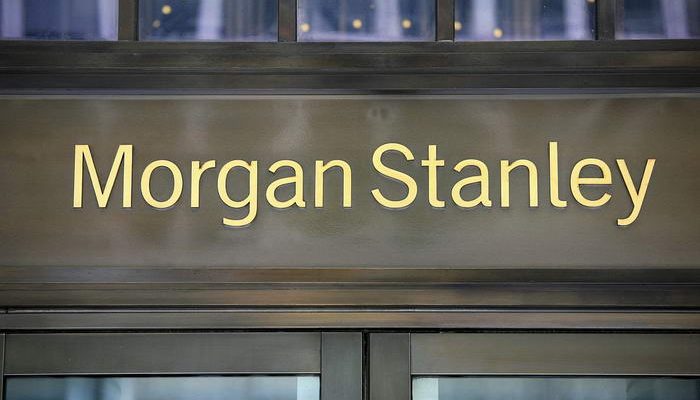The financial world has a love-hate relationship with banks throughout the globe. On the one hand, they form the foundation of economies. On the other hand, they abuse that power, are the most likely entities to destroy the financial system, and are far more concerned about making themselves rich than responsibly caring for our money.
Now, there are tons of cases in history when banks have really messed up, destroying lives and their countries’ stabilities. But we don’t expect them to scam us. Surely we can rely on them to take our money with legitimate ruses? Actually, as these 10 scandals show, banks have committed some of the most outrageous scams and cons in history.
10 – Bear Stearns mortgages

Getting a mortgage is anxiety-inducing for everyone, but that’s on our own account. We’re worried about the commitment of paying it back for the indefinite future. But Bear Stearns (and others) gave us more reason to worry in 2008. They committed mortgage fraud on an immense scale, by pledging the same mortgages to multiple buyers.
Bear Stearns went down in the financial crisis, having played a significant part in causing it, but as yet, no one has been brought to account by the law.
09 – The Wall Street Mafia
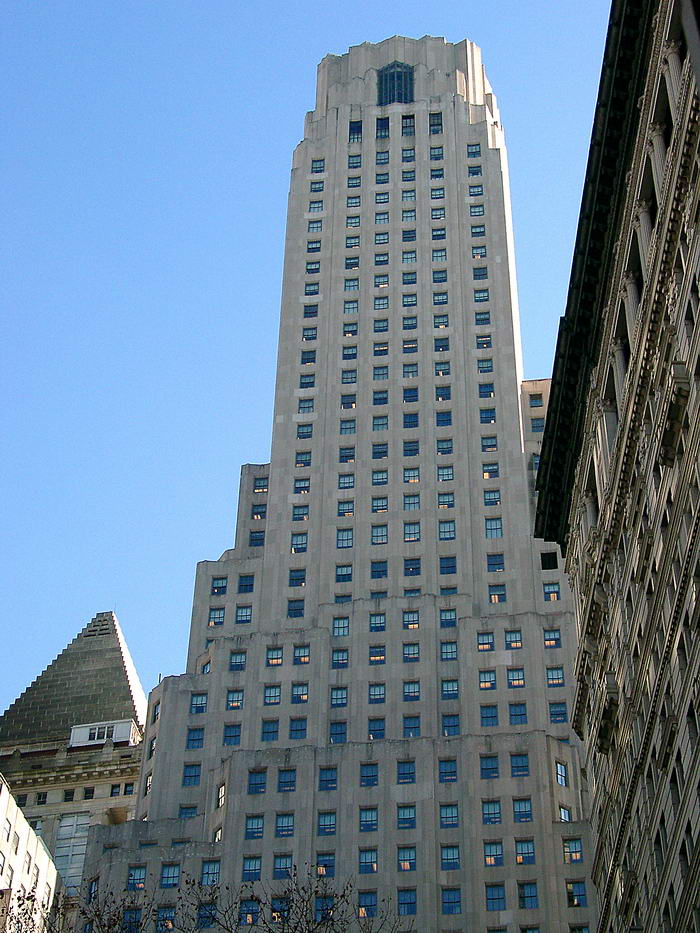
Carollo, Goldberg and Grimm were all convicted of fraud in 2012, but the banks faced no sanctions.
08 – Morgan Stanley inflate ratings
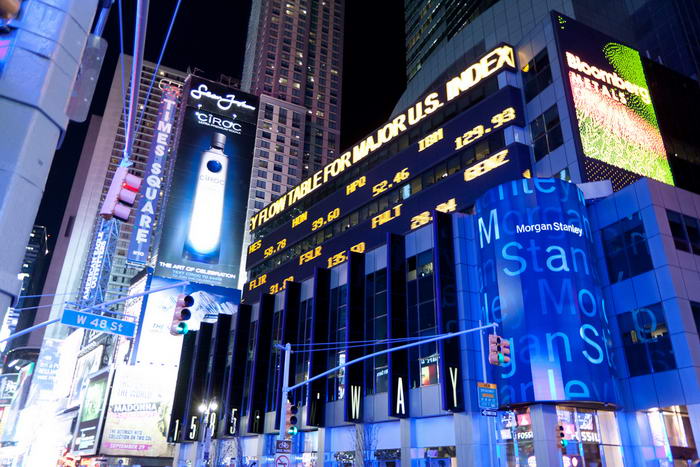
In other words, they got supposedly independent agencies to inflate ratings to their benefit, when they should, in fact, have remained the same.
07 – Libor scandal
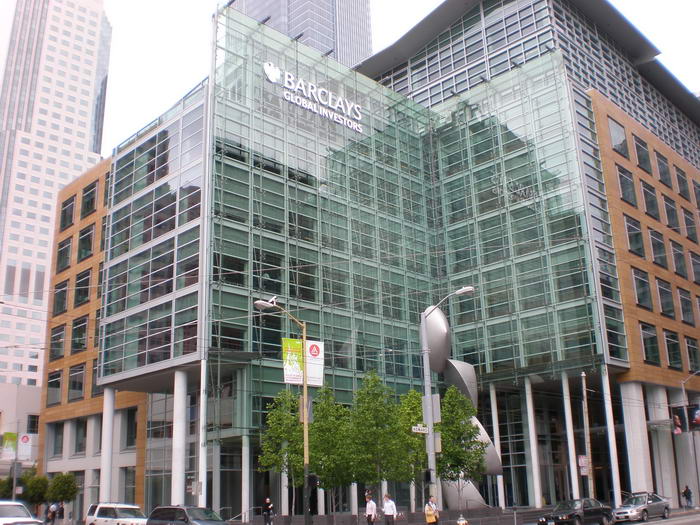
The legal costs and fines related to the Libor scandal has driven down banks’ profitability, and has been a catalyst for further mistrust of the banking sector.
06 – HSBC’s neglect funds terrorists
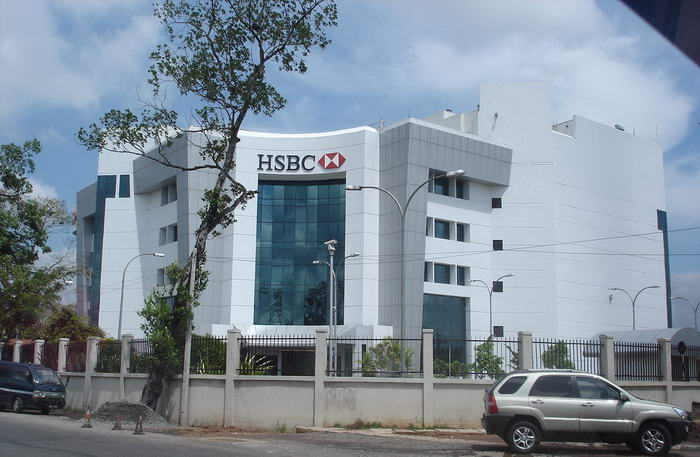
HSBC admitted to negligence but have defended themselves against claims of greater collusion with Mexican drug cartels.
05 – Morgan Stanley charge fake storage fees
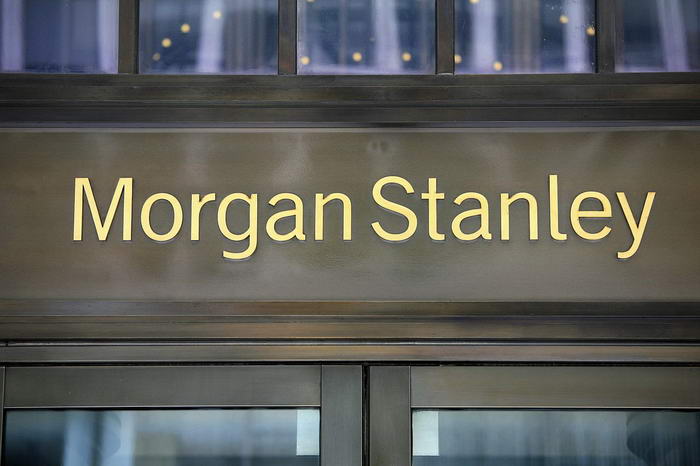
And back to Morgan Stanley. None of us expect our banks to hold all of our assets. When we invest in precious metals, we’re not doing so because we want nice jewellery. But Morgan Stanley claimed that their clients would own their precious metals in full, and the company would store them. They went ahead and charged storage fees for these metals. Problem is, the storage did not actually exist. They had simply found a clever way to defraud clients of their money.
Morgan Stanley ultimately paid out $4.4 million dollars to settle a class-action lawsuit.
04 – Bank of America defrauds Home Affordable Modification Program
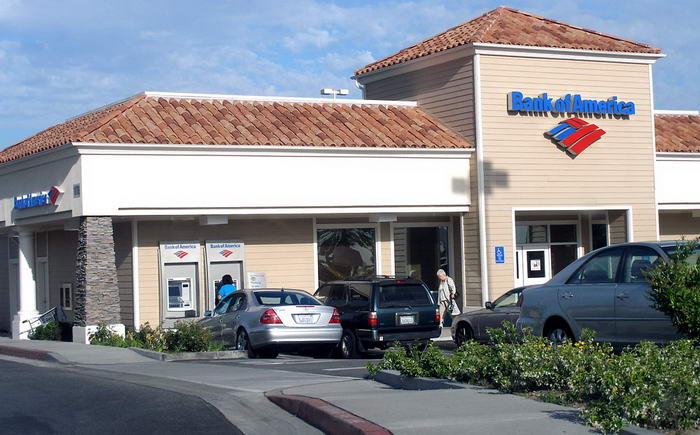
In 2012, a whistleblower revealed the sordid details, and in 2013, homeowners who had been affected filed a class action. Unfortunately, their suit was not allowed to proceed, due to restrictions on class action suits, rather than a lack of evidence.
03 – Foreign Exchange Manipulation

The scandal is estimated to have caused a loss of £7.5 billion a year for British pensioners alone.
02 – Lloyds Banking Group’s useless insurance
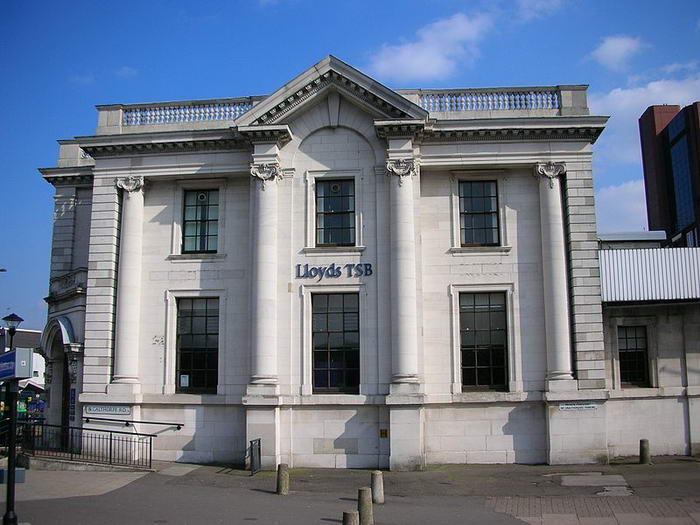
The level of compensation paid out has already reached $30.3 billion, and probably won’t end until 2018.
01 – Wells Fargo Bank charges higher prices for non-whites
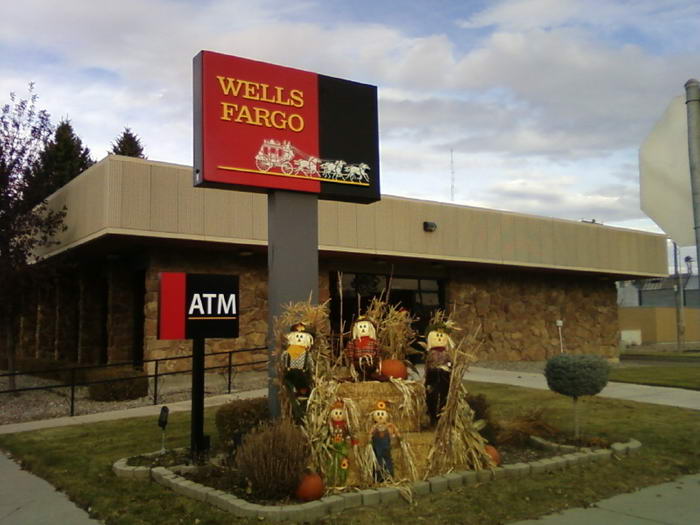
The Many Faces of Deceit: Exploring the Main Types of Financial Crime
As we step into the murkier realms of the banking world, it’s crucial to familiarize ourselves with the various kinds of financial crime that populate this landscape. Knowledge, after all, is power!
So, first up, we have bank fraud, one of the heavyweight champions in this shady arena. Bank fraud involves crafty individuals or groups pulling the wool over the eyes of financial institutions. Think fake bank accounts or manipulated checks – it’s as sneaky as it gets!
Then we have insider trading, a scandalous practice that’s often spotlighted in the biggest bank scandals. Here, confidential information is exploited for personal financial gain. Yeah, it’s as underhanded as it sounds.
Another major player is money laundering. Essentially, it’s the act of making illicitly gained proceeds appear legitimate. It’s a bit like applying a shiny new coat of paint over a rusted car – underneath, it’s still damaged.
And let’s not forget bribery and corruption. We’re talking about anything of value being offered to influence someone in an official or public capacity. Needless to say, it’s pretty rampant in many high-profile financial fraud cases.
Conclusion
Well, that was quite a journey into the murky waters of financial crime, wasn’t it? We’ve seen how the most trusted institutions can stumble, and even fall. These bank scandals serve as a sobering reminder of the potential pitfalls in the world of finance. By shedding light on these cases, we hope to foster a more transparent and fair financial system. Because at the end of the day, we’re all just looking for a safe place to park our hard-earned cash. Here’s to a future where the 10 most outrageous bank scandals remain a thing of the past!


